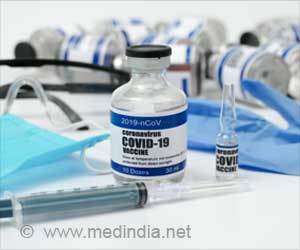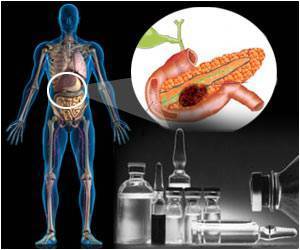- Microplastics found in 80% of blood clots, raising concerns about their impact on cardiovascular health
- Urgent call for comprehensive research, public awareness, regulatory measures, and healthcare strategies to address the issue
- Collaboration across disciplines is crucial in unraveling the complexities of microplastic pollution and safeguarding human health
The omnipresence of plastics has become an undeniable reality. From packaging materials to electronic devices, plastics have infiltrated nearly every aspect of human life. However, alongside their convenience, there lies a hidden menace: microplastics, minute plastic particles measuring less than 5 mm in length (1✔ ✔Trusted Source
Microplastics: A Matter of the Heart (and Vascular System)
).
The discovery of these minuscule pollutants in unexpected places has raised significant concerns regarding their potential impact on both the environment and human health. A recent study conducted by a team of scientists in China has shed light on a particularly alarming revelation: the presence of microplastics in blood clots, potentially linked to severe cardiovascular events such as heart attacks, strokes, and deep vein thrombosis (DVT). This report delves into the intricate details of this groundbreaking research, exploring its implications and calling for urgent action to address this emerging health crisis.
Shockingly, 80% of blood clots contain microplastics, highlighting the urgent need for action to combat plastic pollution. #hearthealth #plasticpollution #medindia’
The study, published in the esteemed journal eBioMedicine, represents a collaborative effort between researchers at the First Affiliated Hospital of Shantou University Medical College, China. The scientists embarked on a meticulous investigation aimed at uncovering the prevalence of microplastics in blood clots retrieved from patients suffering from cardiovascular emergencies.
A total of 30 patients were included in the study, with blood clot samples obtained from various anatomical sites including cerebral arteries, coronary arteries, and deep veins in the lower extremities. Utilizing advanced analytical techniques, the researchers meticulously examined the composition of these blood clots, specifically focusing on the presence of microplastics.
The Silent Intruder: Microplastics in Blood Clots
The findings of the study sent shockwaves through the scientific community, revealing an astonishing discovery: microplastics were detected in a staggering 80% of the blood clot samples analyzed. This revelation underscores the pervasive nature of plastic pollution and its insidious infiltration into the human body.
Moreover, the study highlighted the potential implications of microplastic exposure on cardiovascular health, suggesting a possible association between the presence of these pollutants and the severity of cardiovascular events such as heart attacks, strokes, and DVT. Tatiana Prowell, Associate Professor of Oncology at Johns Hopkins University, expressed profound concern over these findings, emphasizing the urgent need for further investigation into the health impacts of microplastics.
Towards a Sustainable Future: Addressing the Microplastic Menace
The implications of this research are far-reaching and demand immediate attention from policymakers, healthcare professionals, and the general public alike. The pervasive presence of microplastics in blood clots raises significant questions regarding the sources of exposure and the mechanisms underlying their detrimental effects on human health. Urgent action is needed to address this emerging threat, including:
-
Comprehensive Research:
Further studies with larger sample sizes are imperative to validate the observed trends and identify potential sources of microplastic exposure. Collaborative efforts between researchers across disciplines will be essential in unraveling the complex interplay between microplastics and cardiovascular health.
-
Public Awareness and Education:
Raising awareness about the health risks associated with microplastics is paramount. Educational campaigns aimed at informing the public about the sources of microplastic contamination and ways to minimize exposure can empower individuals to make informed choices and advocate for sustainable practices.
-
Regulatory Measures:
Policymakers must enact stringent regulations to mitigate plastic pollution and prevent the proliferation of microplastics in the environment. Initiatives such as bans on single-use plastics, improved waste management systems, and the development of eco-friendly alternatives are crucial steps towards addressing this global crisis.
-
Healthcare Strategies:
Healthcare professionals should incorporate awareness of microplastic exposure into clinical practice, considering it as a potential risk factor for cardiovascular diseases. Screening protocols and preventive measures can help mitigate the impact of microplastics on patient health.
The alarming revelation of microplastics in blood clots associated with cardiovascular events serves as a stark reminder of the far-reaching consequences of
Advertisement
Reference:
- Microplastics: A Matter of the Heart (and Vascular System) – (https://www.ncbi.nlm.nih.gov/pmc/articles/PMC9953450/)
Source-Medindia



